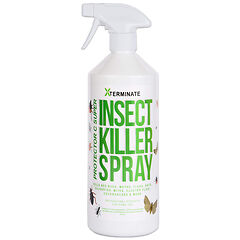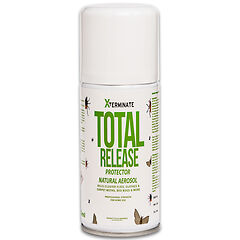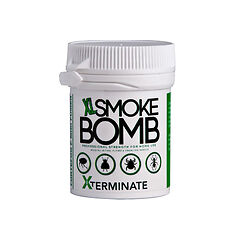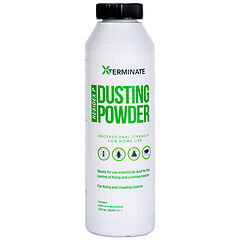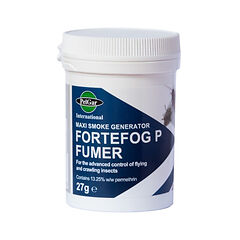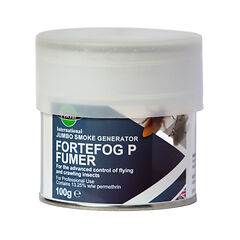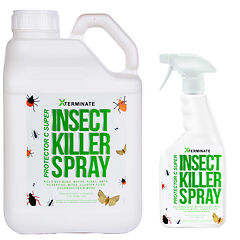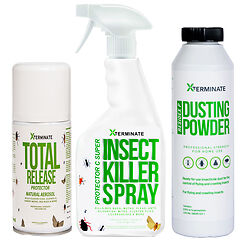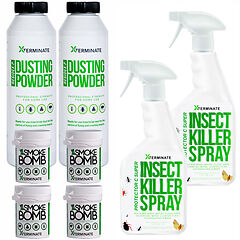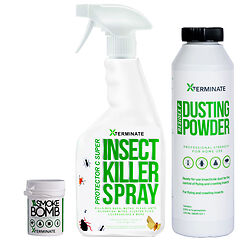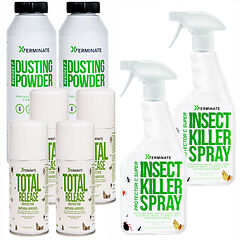Silverfish Killer
Silverfish are distinctive pests known for chewing through old books and fabrics. These persistent pests have been around for over 400 million years and aren't going anywhere soon, so it's best to be prepared for them!
Getting Rid of Silverfish
Silverfish are one of the oldest pests on planet Earth. They’ve been around for over 400 million years (that’s roughly 100 million years before the dinosaurs) and haven’t had to change much in all that time. This should give you a good idea of just how tough they are to get rid of! Luckily, silverfish don’t carry any diseases and they don’t bite, but that doesn’t make them any less unpleasant to deal with. They can quickly make a mess of your home, chewing through clothes, fabric, books, food cupboards, and more.
Below, we’ll explain how to get rid of silverfish in detail. We’ll go through every step of the journey, from identification through to treatment, and explain the products you need and how to apply them.
What Are Silverfish?
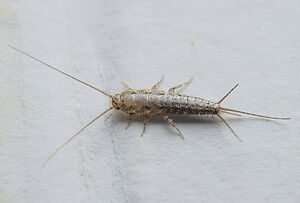 Silverfish are insects that take their name from their silver, scaly bodies and their wriggling movements, which look similar to the way a fish swims. They can reach up to 3cm in length – quite large for a household pest – and have long antennae on their heads along with three tendrils which poke out from their tails.
Silverfish are insects that take their name from their silver, scaly bodies and their wriggling movements, which look similar to the way a fish swims. They can reach up to 3cm in length – quite large for a household pest – and have long antennae on their heads along with three tendrils which poke out from their tails.
Silverfish can eat seemingly anything that contains natural proteins, starch, or carbohydrates. Their diet includes wool, paper, cotton, glue, silk, cosmetic products, wallpaper, meat, dairy, vegetables, carpets, sugar, grains, cereals, and almost anything else! This makes them an incredibly destructive pest that you’ll want to get rid of quickly. They’re also known to eat injured or dead insects so can often be found alongside fly infestations.
Identifying Silverfish – How to Spot the Signs
Silverfish are easily recognisable if you see one, but actually laying eyes on the bugs themselves is easier said than done. They’re nocturnal and love to hide in dark, damp places, making them naturally hard to spot. In addition, they’re lightning quick so they can easily scuttle into hiding as soon as they sense danger. This means you probably won’t see one unless you’re specifically looking for them; the only way you know to look for them is to keep your eye out for these silverfish warning signs.
Shed Skin
Most insects shed their skin as they grow into adults, and silverfish are no different in that regard. What sets them apart is that they continue to moult regularly throughout their lives, even when they’re fully grown. This means you’ll likely find these skins wherever the silverfish have been. They look like thin, almost transparent bits of plastic that can stick to walls and floors (or any other surface, for that matter). If you start to notice these strange, plasticky flakes appearing around your house, you should definitely investigate further.
Holes and Stains
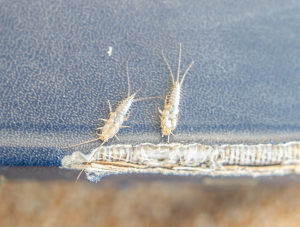 Silverfish can eat almost anything provided it contains a natural material. That means you’ll likely find tiny holes wherever they’ve been. If there are a lot of holes, that probably indicates quite a severe infestation. They also leave brownish-yellow stains wherever they feed alongside frass (droppings) that look like tiny grains of black pepper.
Silverfish can eat almost anything provided it contains a natural material. That means you’ll likely find tiny holes wherever they’ve been. If there are a lot of holes, that probably indicates quite a severe infestation. They also leave brownish-yellow stains wherever they feed alongside frass (droppings) that look like tiny grains of black pepper.
Preventing Silverfish
While silverfish prefer to eat high-sugar, protein-rich foods like meat, cereal, and vegetables, most households keep these things in packaging or in cupboards. Silverfish aren’t like rats; they can’t gnaw through walls, so they often have to look for other food sources. They’re especially attracted to old books and leather items as well as clothes and carpets made from natural fibres. This means the first place to check for them should be around old bookcases and in wardrobes. You should be especially careful if you have any very old books or fabrics – the decaying natural fibres of these items only makes them more appealing to silverfish.
As they’re also attracted to cool, humid places, you’re likely to find silverfish in your cellar or pantry, too. This is important to note as you will find that silverfish don’t necessarily infest the same rooms that their food is in. As a cellar provides the perfect living conditions for them, they may nest there and venture out to find food. If you find silverfish in your home, always make sure to check in the basement – you might find more hiding down there.
How to Get Rid of Silverfish
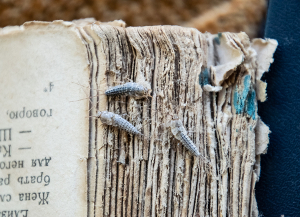 Fortunately, silverfish aren’t particularly fast breeders so it’s possible to nip infestations in the bud before they take over your whole home. However, unlike other pests, you can’t really starve them out. They can survive for up to a year without food, so you could strip everything out of your house if you wanted - the silverfish would still be there! This means you will definitely need some pest control products to get rid of them. The best treatment for silverfish depends entirely on the location and severity of the infestation.
Fortunately, silverfish aren’t particularly fast breeders so it’s possible to nip infestations in the bud before they take over your whole home. However, unlike other pests, you can’t really starve them out. They can survive for up to a year without food, so you could strip everything out of your house if you wanted - the silverfish would still be there! This means you will definitely need some pest control products to get rid of them. The best treatment for silverfish depends entirely on the location and severity of the infestation.
Make Silverfish Traps
So, how exactly do you find out how many silverfish you have? If you’re sure you have them but haven’t managed to see any, you can make some traps to catch a few of them. Take some old jam jars or drinking glasses and wrap the outside in masking tape. Then place a chunk of bread in the bottom of the jar and leave it somewhere you’ve spotted signs of silverfish. They’ll be able to climb into the jar to get at the bread, but the inside will be too slippery for them to escape! Leave them overnight and check back in the morning.
The number of silverfish inside the jars will give you an idea of just how severe your infestation is. If there are only one or two, it probably isn’t that bad. If your jars are full, you’ll know you need a more intensive pest control treatment.
Flushing Agent
If that sounds like too much work, you can also use a flushing agent to draw out any hiding silverfish. It’s a powerful insecticide with a delayed action that flushes insects out of hiding before killing them. You can spray it in those hard-to-reach spots like behind bookcases or fitted cupboards and watch the pests scuttle out into the open.
Surface Sprays and Dusting Powder
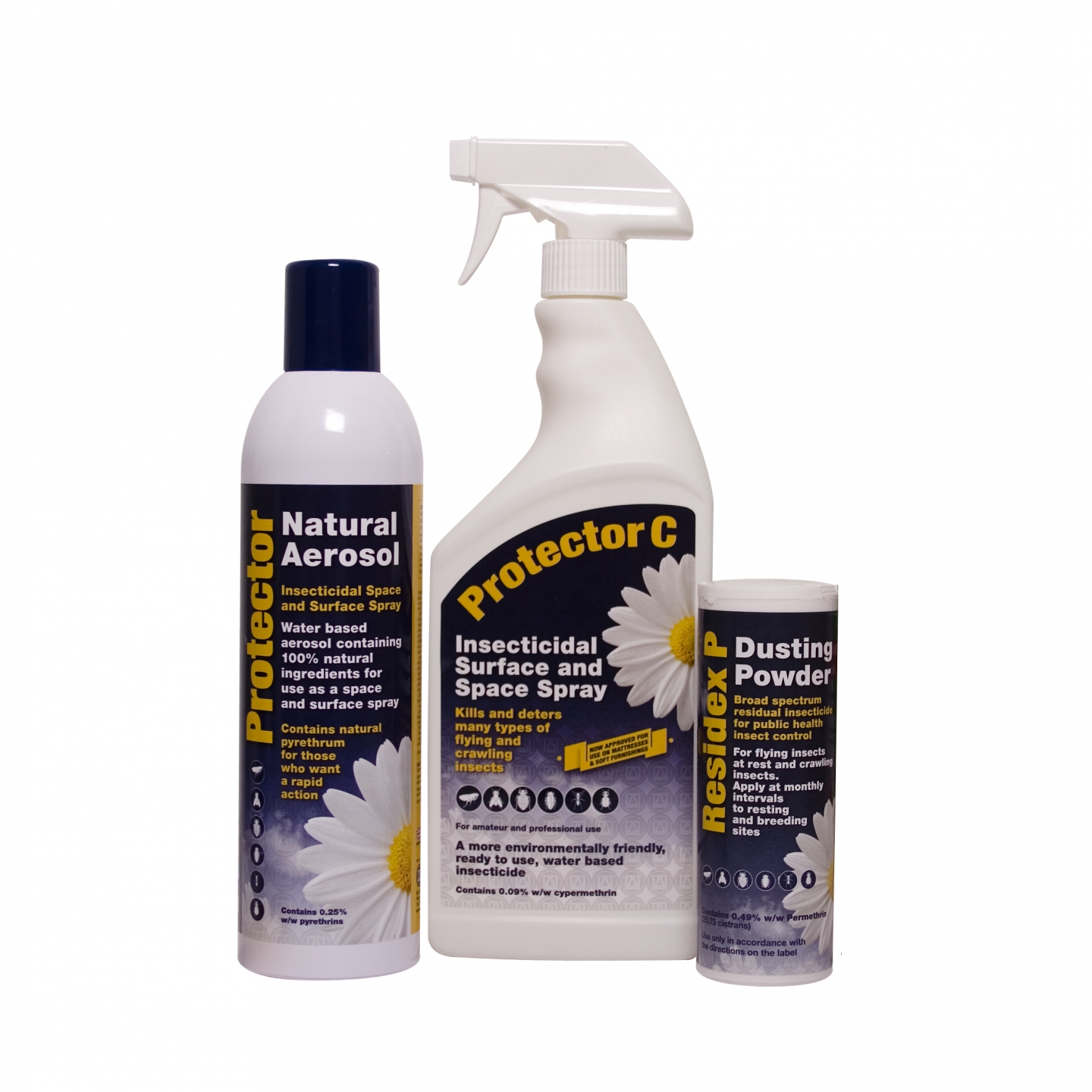 Silverfish are wingless insects that don’t jump, so the easiest way to get rid of them is to use surface treatments like sprays and powder. You should liberally apply them in any area that shows signs of a silverfish infestation. Make sure to pay extra attention to cracks in walls and skirting as well as around bookcases and wardrobes.
Silverfish are wingless insects that don’t jump, so the easiest way to get rid of them is to use surface treatments like sprays and powder. You should liberally apply them in any area that shows signs of a silverfish infestation. Make sure to pay extra attention to cracks in walls and skirting as well as around bookcases and wardrobes.
Both our surface spray and our dusting powder contain the same ingredients in a different form. The spray is useful for coating walls and flooring, while the powder is ideal for any place where a spray isn’t appropriate. You can dust the powder on porous surfaces, drop it into cracks in floorboards, or apply it around electrical outlets.
Smoke Bombs
If your silverfish problem is really bad, you might not be able to get rid of them all using surface treatment. In these cases, a smoke bomb treatment will be required. The number and size of the fumers you should use depends on the size of your room – you want the smoke to spread into every corner of your room to take out every last bug. We recommend setting off your smoke bomb at night as this is when the silverfish will be more active.
Re-Treatment
You should always be prepared to re-treat a silverfish problem several times if necessary. One of the reasons they’ve been around for millions of years is that they’re very tough and resistant to pesticides, so it might take repeated doses to get rid of every last one.



